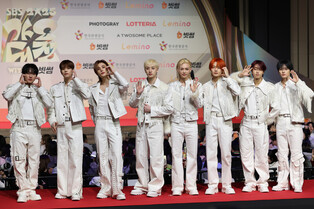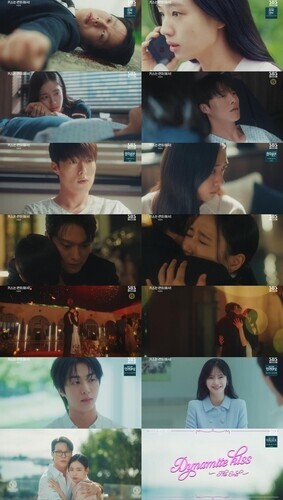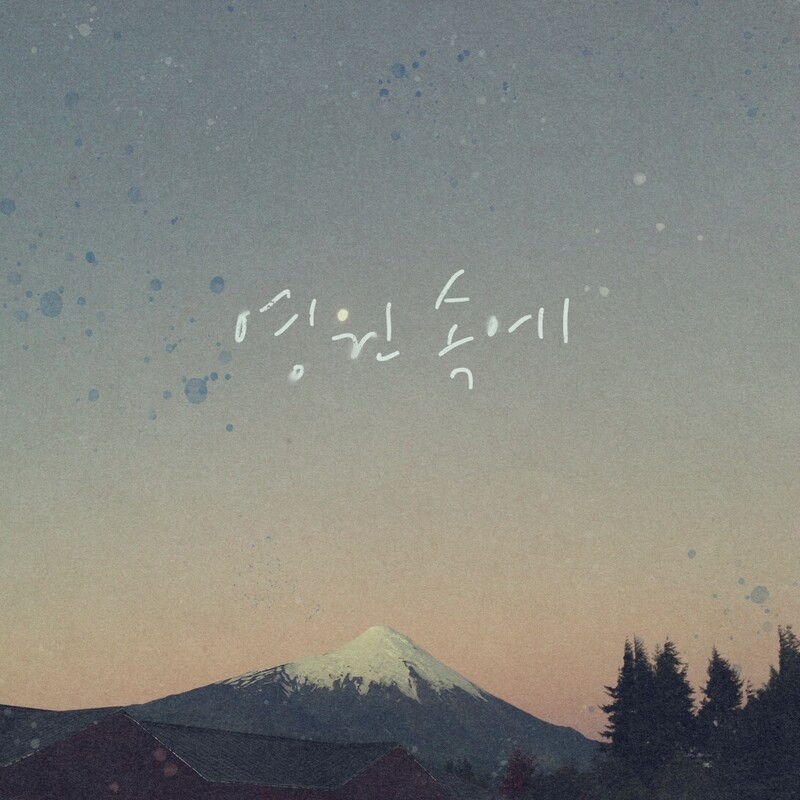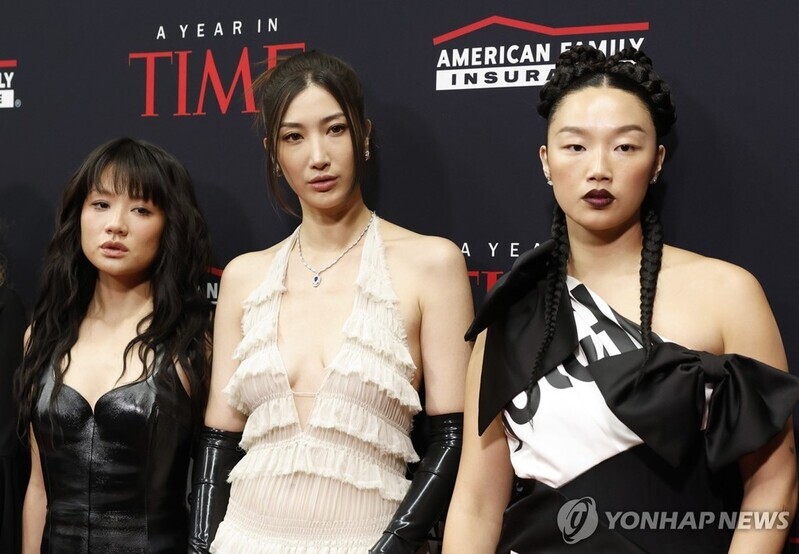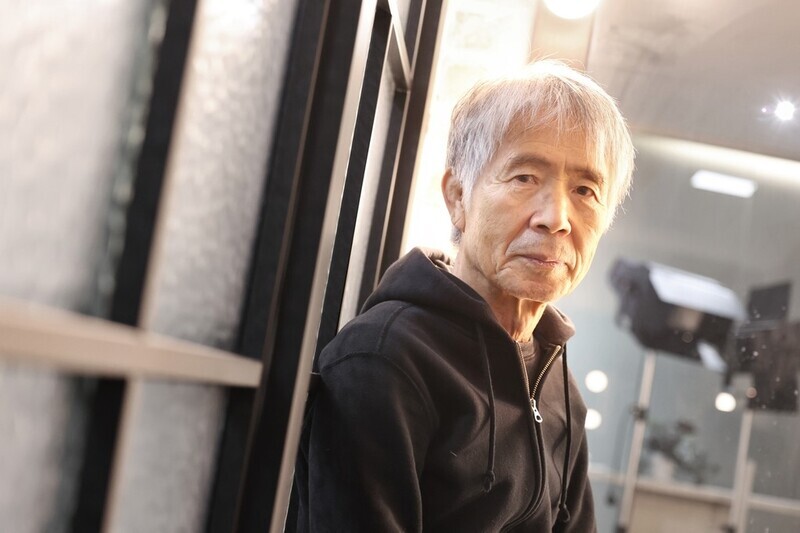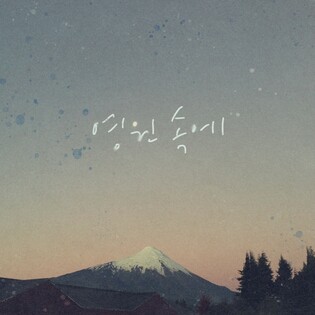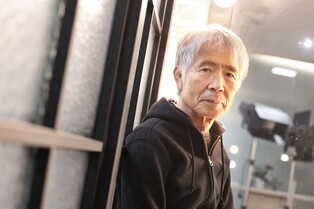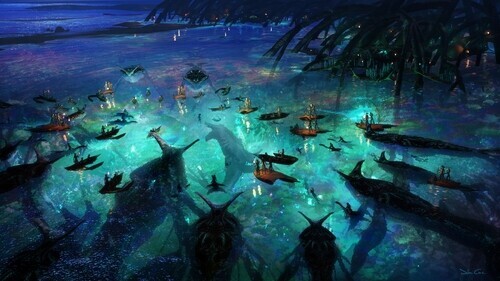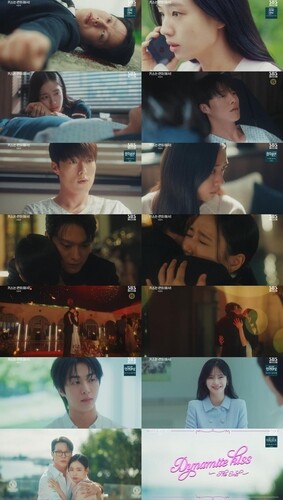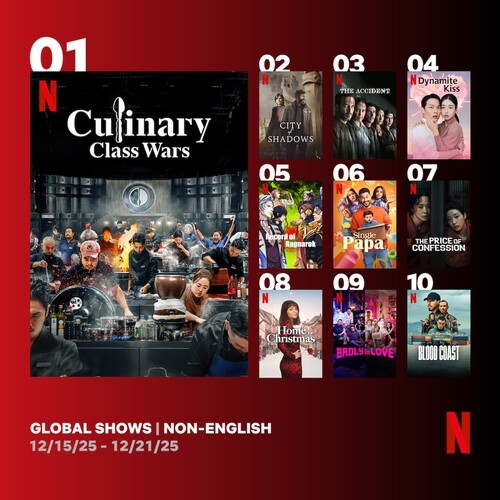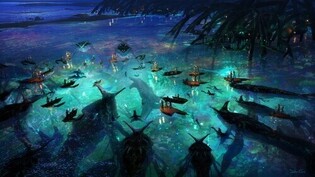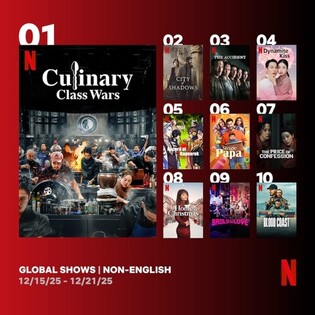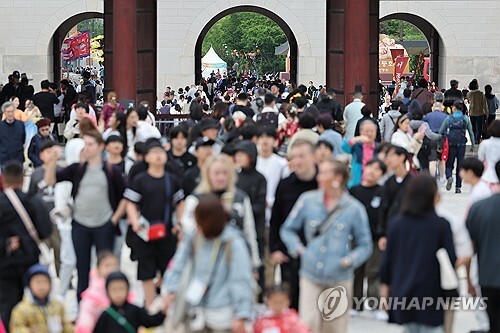 |
| ▲ This undated Yonhap file photo shows visitors crowding Gyeongbokgung Palace in Seoul. (Yonhap) |
SEOUL, Jan. 28 (Yonhap) -- As the six-day Lunar New Year holiday begins, why not visit nearby palaces or museums with family to celebrate the new year?
The Cultural Heritage Administration's Palace and Tomb Division announced that Gyeongbokgung, Changdeokgung, Deoksugung, Changgyeonggung, Jongmyo Shrine, and Joseon Royal Tombs will be open to the public for free until January 30.
While admission to the Secret Garden of Changdeokgung remains limited, the rest of these historic sites can be freely explored. Jongmyo Shrine, which usually operates on a reservation basis, will also allow walk-in visitors during the holiday.
At Gyeongbokgung Palace, visitors can receive special gifts symbolizing good fortune for the new year. On January 28–30, after the changing of the guard ceremony at Heungnyemun Square, Suwonjang (Gate Guard Commanders) will distribute sehwa—decorative paintings intended to bring health and luck, traditionally gifted by kings to their officials during the Joseon Dynasty.
These paintings will be given out at 10 a.m. and 2 p.m.
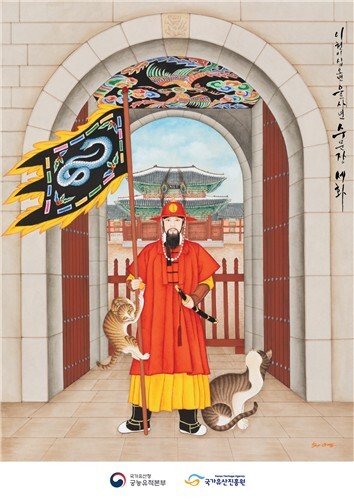 |
| ▲ This image, provided by the Korea Heritage Service, shows South Korea's "sehwa," or decorative paintings intended to bring health and luck, traditionally gifted by kings to their officials during the Joseon Dynasty. (PHOTO NOT FOR SALE) (Yonhap) |
All four major palaces, Jongmyo Shrine, and the royal tombs will be closed on January 31, the day following the holiday.
Near Gyeongbokgung, the National Folk Museum of Korea will host various activities and performances celebrating Seollal, Korea's traditional Lunar New Year. Visitors on January 27–28 can enjoy activities such as yutnori (a traditional Korean board game played with large wooden sticks) and kite-making workshops to wish for a successful year ahead.
On January 28, a traditional jisinbapgi ritual to pray for village peace, good harvests, and family well-being will take place in the museum's courtyard.
Additionally, the museum's Mansahyeongtong (All Things Flourish) special exhibition is a must-see, showcasing over 60 artifacts related to snakes to commemorate the Year of the Snake. These include practical, ceremonial, and artistic items from Korea and snake-themed cultural relics from around the world. Note that the museum will be closed on January 29, Lunar New Year's Day.
The National Museum of Korea and its regional branches will also be open throughout the holiday, excluding New Year's Day.
At the National Museum of Korea in Yongsan, Seoul, visitors can enjoy the ongoing exhibition Shaping a Blue World: Goryeo Celadon Sculpture, featuring over 270 pieces of Goryeo celadon, including symbolic forms such as fish-dragons and turtle-dragons rendered in intricate detail.
Additionally, the exhibition Vienna 1900: Dreaming Artists, highlighting the creative pursuits of Austrian artists at the turn of the 20th century, is currently drawing attention.
Regional museums, such as the National Buyeo Museum and the National Naju Museum, are hosting cultural events until January 30, where visitors can participate in traditional folk games like jegichagi (shuttlecock kicking) and top spinning.
(C) Yonhap News Agency. All Rights Reserved

















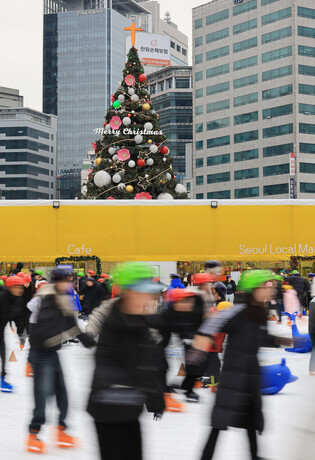
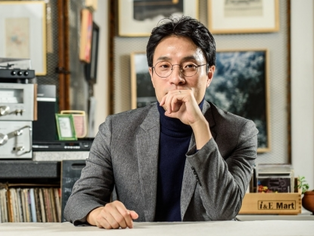
![[2026 Outlook] BTS, BLACKPINK comebacks; UNESCO World Heritage session in Busan fuel K-culture momentum](/news/data/20251226/p1065576816972067_337_h.jpg)
